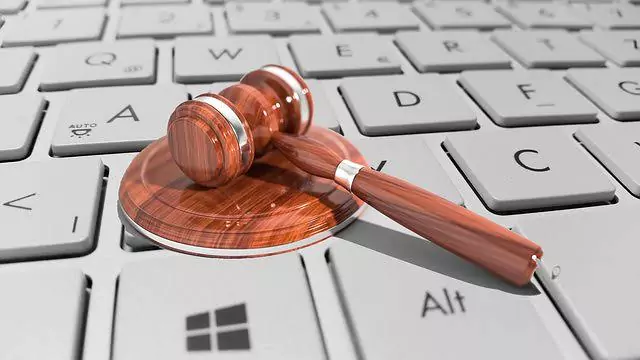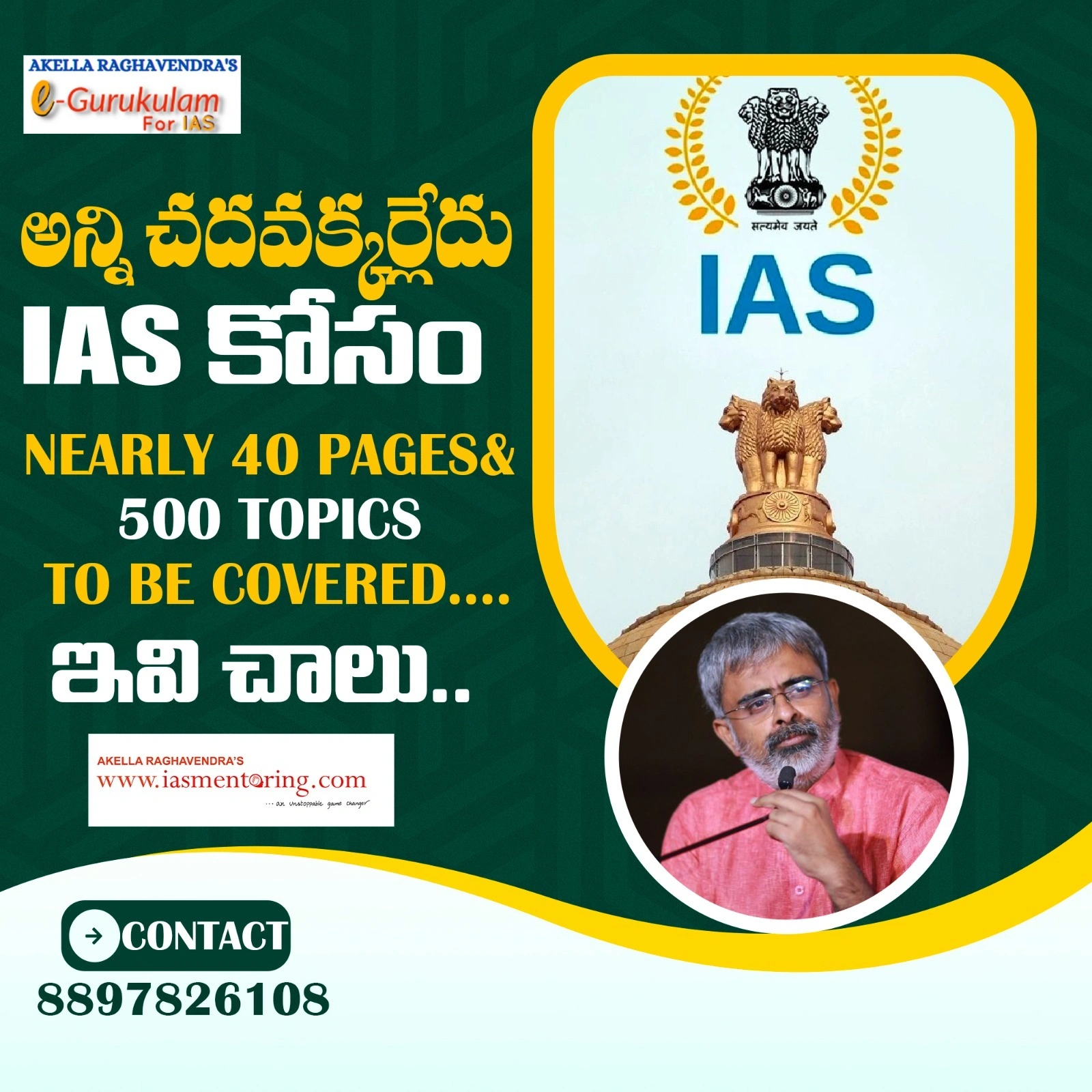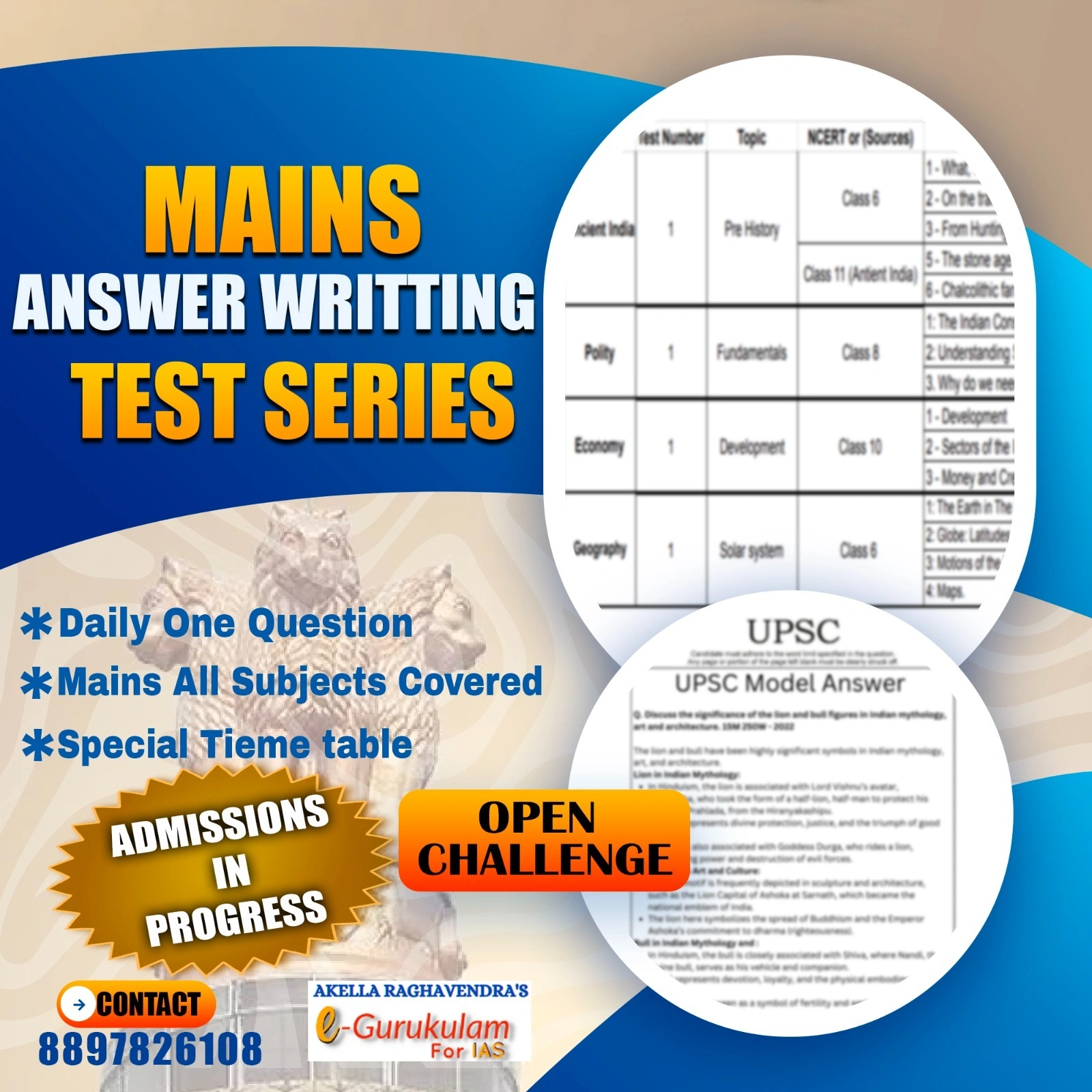Fact-Check Laws & Digital Governance in India
In the digital age, misinformation (false or misleading information spread deliberately or unintentionally) has become a serious challenge. With the rise of social media, artificial intelligence (AI)-generated deepfakes, fake news, and manipulated content, India has introduced fact-checking mechanisms and legal regulations to address the spread of false information.
Why is Misinformation Regulation Important?
- Social & Political Stability: Misinformation has fueled riots, communal tensions, and election-related manipulations.
- National Security: Fake news has been used for cyber warfare, propaganda, and radicalization.
- Public Health & Safety: During COVID-19, misinformation about vaccines and treatments caused mass panic.
This document try to cover:
- India’s legal framework for tackling misinformation
- Fact-checking initiatives and recent developments (2024–2025)
- Use of AI in spreading and combating misinformation
- Challenges and the way forward in digital governance
Legal Framework for Misinformation Regulation in India
| Law/Regulation | Description | Authority |
|---|---|---|
| IT Rules (2021) - Amended in 2023 | Requires social media platforms to remove misinformation and establish fact-checking mechanisms. | Ministry of Electronics and IT (MeitY) |
| Section 69A, IT Act (2000) | Allows the government to block content that threatens security, public order, or national integrity. | MeitY & CERT-In (Cyber Emergency Response Team-India) |
| Indian Penal Code (IPC) - Sections 505 & 153 | Penalizes the spread of false information that causes public disorder or incites violence. | Law Enforcement Agencies |
| Election Commission Guidelines | Regulates election-related misinformation to prevent fake news from influencing voters. | Election Commission of India (ECI) |
| Press Information Bureau (PIB) Fact-Check Unit | Government-run unit that flags and requests the removal of fake news related to government affairs. | PIB (Under Govt. of India) |
Key Terminologies Explained
- Misinformation vs. Disinformation vs. Malinformation
- Misinformation: False or misleading information shared without intent to harm (e.g., sharing a fake news article without realizing it’s false).
- Disinformation: False information spread deliberately to deceive people (e.g., fake political narratives created to influence elections).
- Malinformation: Information that is true but shared out of context to mislead people (e.g., selectively editing a video to change its meaning).
- Fact-Checking
- The process of verifying claims, statements, and news articles to determine their authenticity.
- Fact-checking can be done by government bodies, independent news agencies, or AI-driven tools.
- Deepfakes
- AI-generated videos, images, or audio recordings that appear real but are fake.
- Example: A deepfake video of a politician saying something they never actually said, created using machine learning techniques.
- Safe Harbor Protection
- A legal provision that protects social media companies from being held liable for content posted by users.
- In India, if platforms fail to remove misinformation, they can lose Safe Harbor Protection under the IT Rules 2021.
- Digital India Act (Proposed 2025)
- A new law expected to replace the IT Act (2000) to better regulate misinformation, AI-driven threats, and cybercrimes.

Recent Developments in Fact-Checking & Misinformation Regulation (2024-2025)
- Strengthening PIB Fact-Check Unit (April 2023 - Ongoing Implementation in
2024)
- The Indian government empowered PIB’s Fact-Check Unit to flag and request removal of fake news related to central government affairs.
- Social media platforms like Facebook, X (Twitter), WhatsApp, and YouTubemust comply or risk legal action under IT laws.
- Criticism: Media organizations and free speech advocates argue that government-controlled fact-checking may lead to censorship.
- Supreme Court Hearings on IT Rules & Free Speech (Feb 2024 - Ongoing in
2025)
- Several petitions filed against PIB’s fact-checking powers, questioning its neutrality and impact on press freedom.
- Supreme Court to decide whether independent fact-checking bodies should be created instead of a government-controlled unit.
- AI-Generated Misinformation & Deepfake Regulation (2024-2025
Focus)
- MeitY formed a task force to study and regulate AI-generated deepfakes.
- New Guidelines (Jan 2024):
Social media platforms must detect and label AI-generated content.
Users must be informed if a video/image is AI-generated or manipulated. - Challenge: Deepfake detection technology is still evolving, making AI-driven misinformation hard to control.
- Election-Related Misinformation Monitoring (Lok Sabha Elections
2024)
- Election Commission of India (ECI) partnered with social media firms to monitor fake news, bot campaigns, and manipulated content.
- WhatsApp & Meta introduced new political misinformation reporting tools before General Elections 2024.
- Digital India Act (Expected 2025) – A New Misinformation Regulation
Framework
- Expected to replace the outdated IT Act (2000) with stronger laws for misinformation, AI abuse, and cybersecurity.
- May introduce an independent regulatory body for fact-checking instead of PIB’s unit.
The Role of AI in Misinformation
- AI is Used to Spread Misinformation
- Deepfake Videos & Audio: AI-generated fake speeches of political leaders.
- AI-Generated Fake News: Bots and AI systems mass-produce fake articles.
- Algorithmic Manipulation: AI-driven social media algorithms amplify divisive and misleading content.
- AI-Based Solutions to Detect Fake News
- Deepfake Detection Algorithms: AI tools analyze facial movements and voice inconsistencies.
- Fact-Checking AI Models: Google, Meta, and OpenAI developing real-time misinformation detectors.
- Blockchain for Content Verification: Used to track the authenticity of images and videos.
| Country | Misinformation Laws & Initiatives | Comparison with India |
|---|---|---|
| USA | Section 230 of the Communications Decency Act – protects platforms from liability for user content. | India is stricter, as it mandates removal of misinformation. |
| EU (European Union) | Digital Services Act (DSA) – Requires transparency in algorithmic content moderation. | India lacks transparency in fact-checking algorithms. |
| China | Highly restrictive – State controls all digital content. | India follows a more balanced approach but risks over-regulation. |
| Singapore | Protection from Online Falsehoods and Manipulation Act (POFMA) – Govt can demand corrections from platforms. | India’s PIB fact-check model is similar but lacks independent oversight. |
How India’s Misinformation Regulation Compares Globally
Challenges in Regulating Misinformation
| Issue | Challenge |
|---|---|
| Government-Controlled Fact-Checking | Lack of independent verification mechanisms. |
| Freedom of Speech Concerns | Risk of political misuse of misinformation laws. |
| AI-Generated Fake News (Deepfakes) | Hard to detect in real-time. |
| Social Media Compliance Issues | Companies like X (Twitter) and WhatsApp have resisted strict takedown orders. |
| Public Unawareness | People often don’t verify news sources before sharing. |
Way Forward: Strengthening India’s Digital Governance
- Fact-Checking Body
- Establish autonomous fact-checking organizations, separate from government influence.
- Promote partnerships with independent agencies like Alt News, Boom Live, and Factly.
- AI-Based Misinformation Detection Tools
- Use AI-driven algorithms to identify fake news and deepfakes in real-time.
- Encourage social media firms to integrate misinformation warning labels.
- Public Digital Literacy & Awareness Campaigns
- Expand fake news awareness programs in schools & colleges.
- Encourage journalists and civil servants to undergo misinformation verification training.
- Updated Legal Framework
- The Digital India Act (2025) must clearly define:
What qualifies as misinformation
Who has the authority to fact-check
How social media platforms should handle fake news
- The Digital India Act (2025) must clearly define:
Conclusion
India’s efforts to combat misinformation through fact-checking laws and digital governance mechanisms have seen significant developments in 2024-2025. However, concerns about government oversight, AI-driven misinformation, and the balance between regulation and free speech remain critical.
The upcoming Digital India Act (2025) could bring major changes in misinformation regulation, ensuring a transparent, AI-enabled, and legally robust framework to combat fake news and digital threats effectively.
The future of India’s digital governance depends on a fair, independent, and technologically advanced misinformation regulation system.













